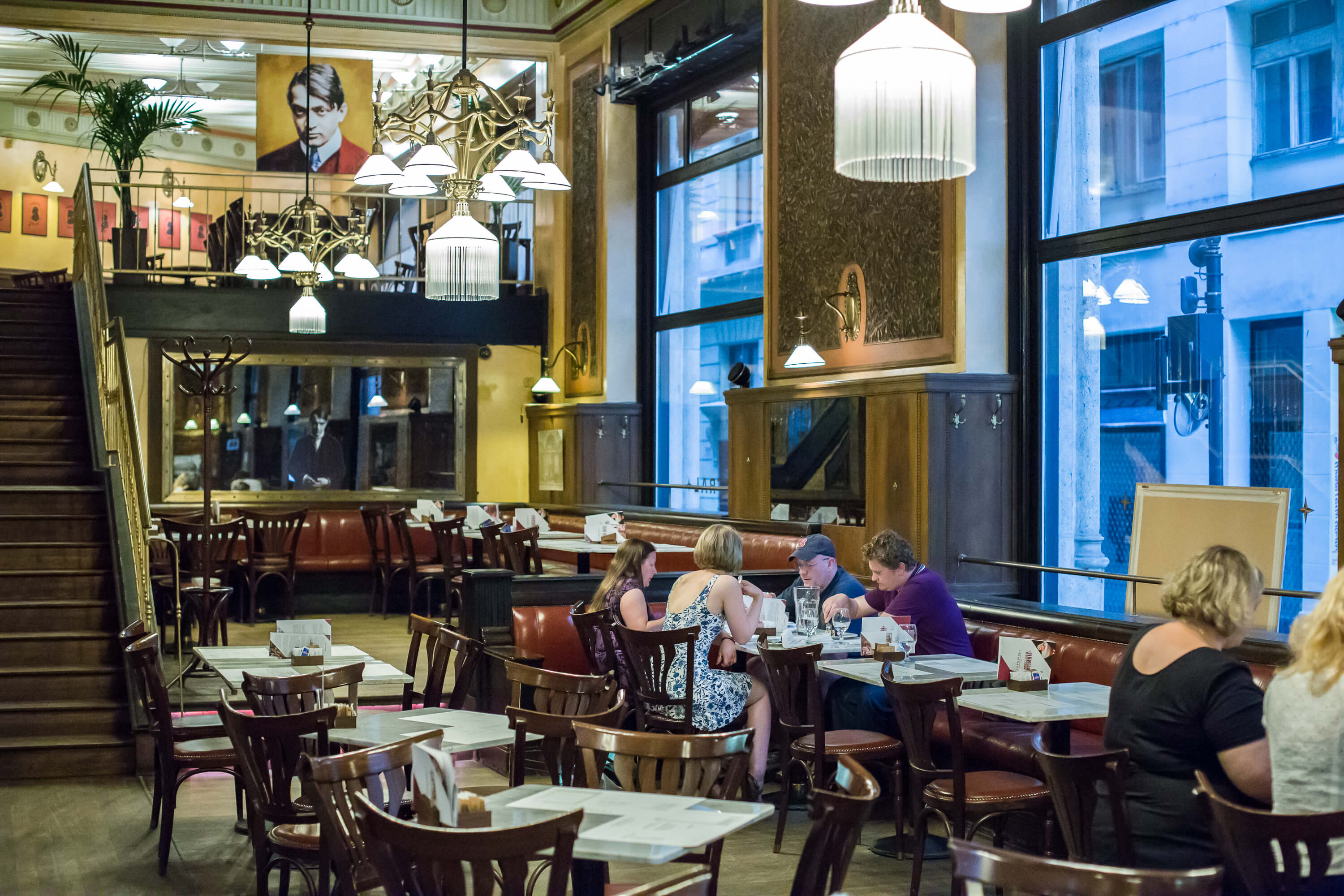
Dog Tongues and Ink: Historic Literary Coffeehouses in Budapest
5 minutes read
If nostalgia had a taste, it would be that of a bitter, robust sip of coffee served at Centrál Café, or one of the other coffeehouses in Budapest where it is so easy to forget about the modern era of social media and Starbucks. Where you can read a newspaper in print, or take out a notebook and write. With a pen, on paper. That kind of notebook.
Better to call them them coffeehouses than cafés. These were, and still are, grand and elegant establishments, with formally dressed waitstaff; the type of place that serves a glass of soda water with espresso, and the sugar comes in brown nuggets, to be placed in rich coffee with polished metal tongs. These are places that feel immediately historical, whether they were opened in 1890 or 2010. Places that are dangerously seductive to writers, who otherwise would work from home, plagued by either the hazards of family, or by the lack thereof. A place to be with other writers, but also to work. Like the great Hungarian writer Frigyes Karinthy said of the New York Café: “It’s where writers go to drink coffee and eat each other.”
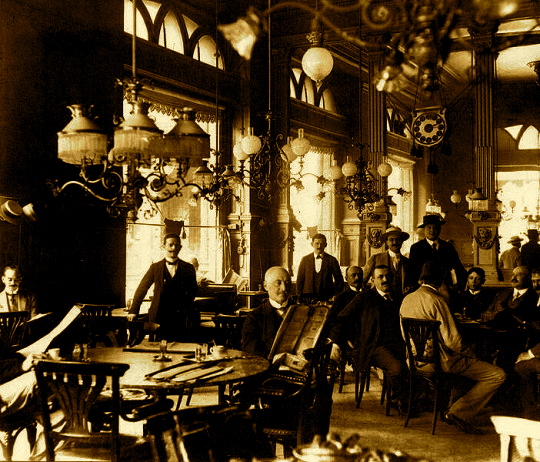
Budapest has a long history of literary cafés, which is really more like a long history of financially challenged writers squatting in the dignified surroundings of the city’s spacious, artist friendly coffeehouses. The Golden Era coffeehouses in the early 20th century indulged such writers. It’s hard to believe now, but the New York Café, which has shed its bohemian image in favor of well-heeled tourists, once kept rolls of paper (known as ‘dog tongues’), pens, and ink available for any writer who asked. Newspapers occupied a ‘home table’ at the New York, where their journalists and editors could gather. Perhaps it is an urban legend (if it is, we can only hope it is not disproved) that the New York stashed a keg of ink in the basement, by the beer favored by regulars like writers Mihály Babits and Dezső Kosztolányi. Another story about the New York holds that famed Hungarian writer Ferenc Molnár stole the key to the building from the head waiter and threw it from a bridge into the Danube, thereby forcing the establishment to stay open all night.
And of course there is Centrál Café, popular with the Nyugat group of Hungarian writers, whose innovations in form and style modernized Hungarian literature in the early 20th century. These writers, from Endre Ady to Gyula Krúdy, were decadent, sometimes tragic figures who haunted coffeehouses like Centrál, composing verse and prose from their regular tables, fed and given drink on credit. Most coffeehouses offered a ‘writers plate,’ of slices of cheese and sausage– the most basic fare–to accommodate writers in lean times.
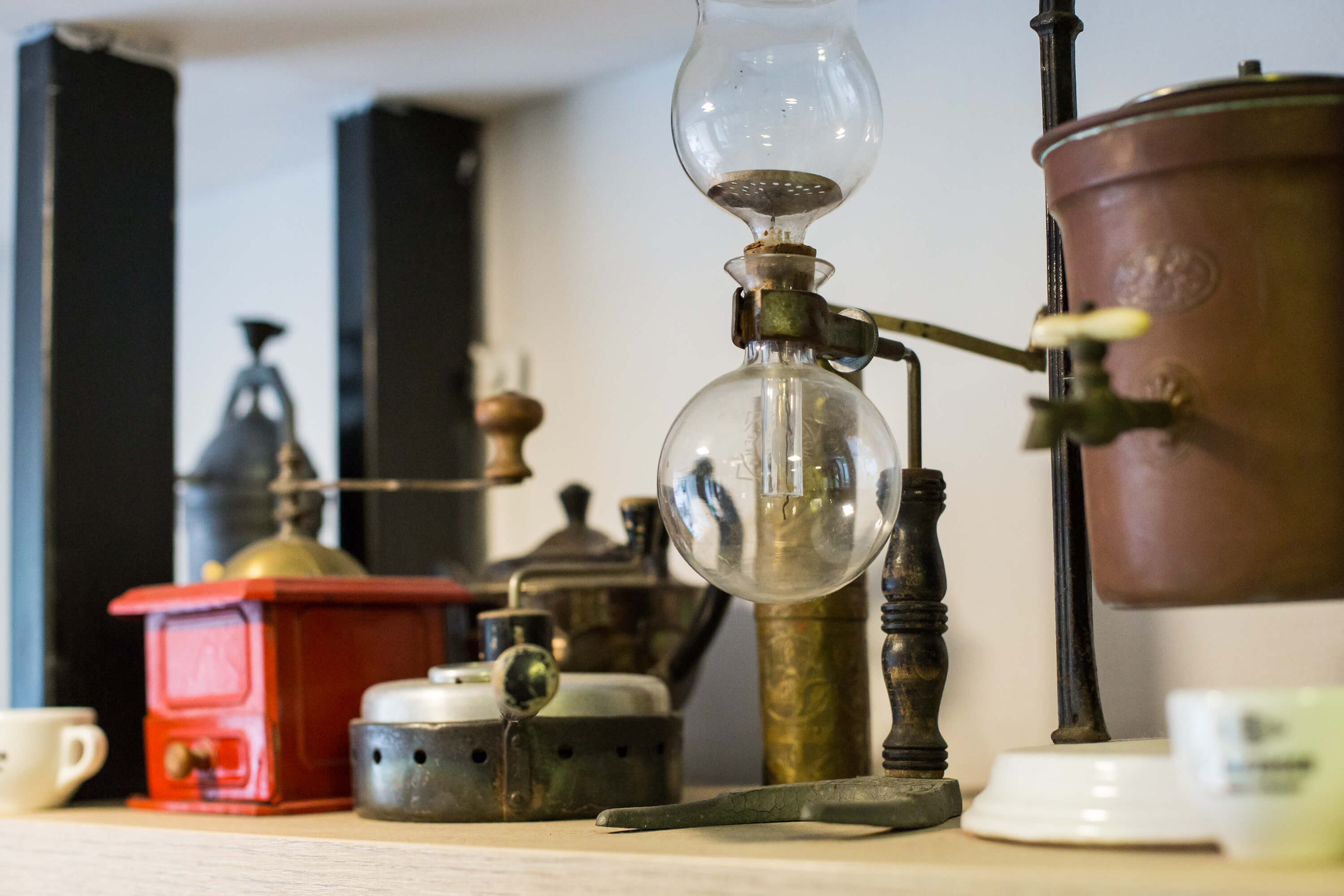
Centrál Café was but one of the 596 coffeehouses operating in Budapest during the height of their popularity, before World War One. It’s no accident that the golden era of the Budapest coffeehouse coincides with the golden era of Hungarian literature. It was a time when most of the tables were round, because paper was easier to pick up with a corner hanging over the side, and when barbers set up shop outside so as to get the custom of those who didn’t like to travel far from their coffees and coteries.
“There is no literature without a coffeehouse,” stated Sándor Márai, whose translated books have been surprise contemporary best-sellers in English. But like Márai is gone, so too are the days when writers are commonly found in the great coffeehouses of Budapest. You are more likely to sit next to a startup entrepreneur at Centrál, or a family of tourists at New York Café. World War Two, then the Communists, put an end to the decadent, mostly Jewish owned coffeehouses, which were revived by a less writer-friendly form of capitalism. Contemporary writers don’t frequent these living relics anymore, unless a solicitous film producer is footing the bill, but instead plant themselves in the less formal cafes like Massolit Café and Kelet.
If you want to commune with the writers of the golden age of Hungarian literature, it may take some strong coffee, and perhaps a pálinka, if it is on offer, along with a little imagination. Despite the changes, the spirits of Ady, Molnár, and the rest feel very much present in the renovated grand coffeehouses, and with a nod to the past, a waiter may even look the other way if you linger a bit too long trying to find the right turn of phrase.
Want to learn more about the history of Hungarian café culture? Come along on our Sweet & Coffeehouse Walk, and see living history while sipping espresso!
Centrál Kávéhaz
Károlyi Mihály utca 9, Budapest 1053 +36 1 266 2110 www.centralkavehaz.hu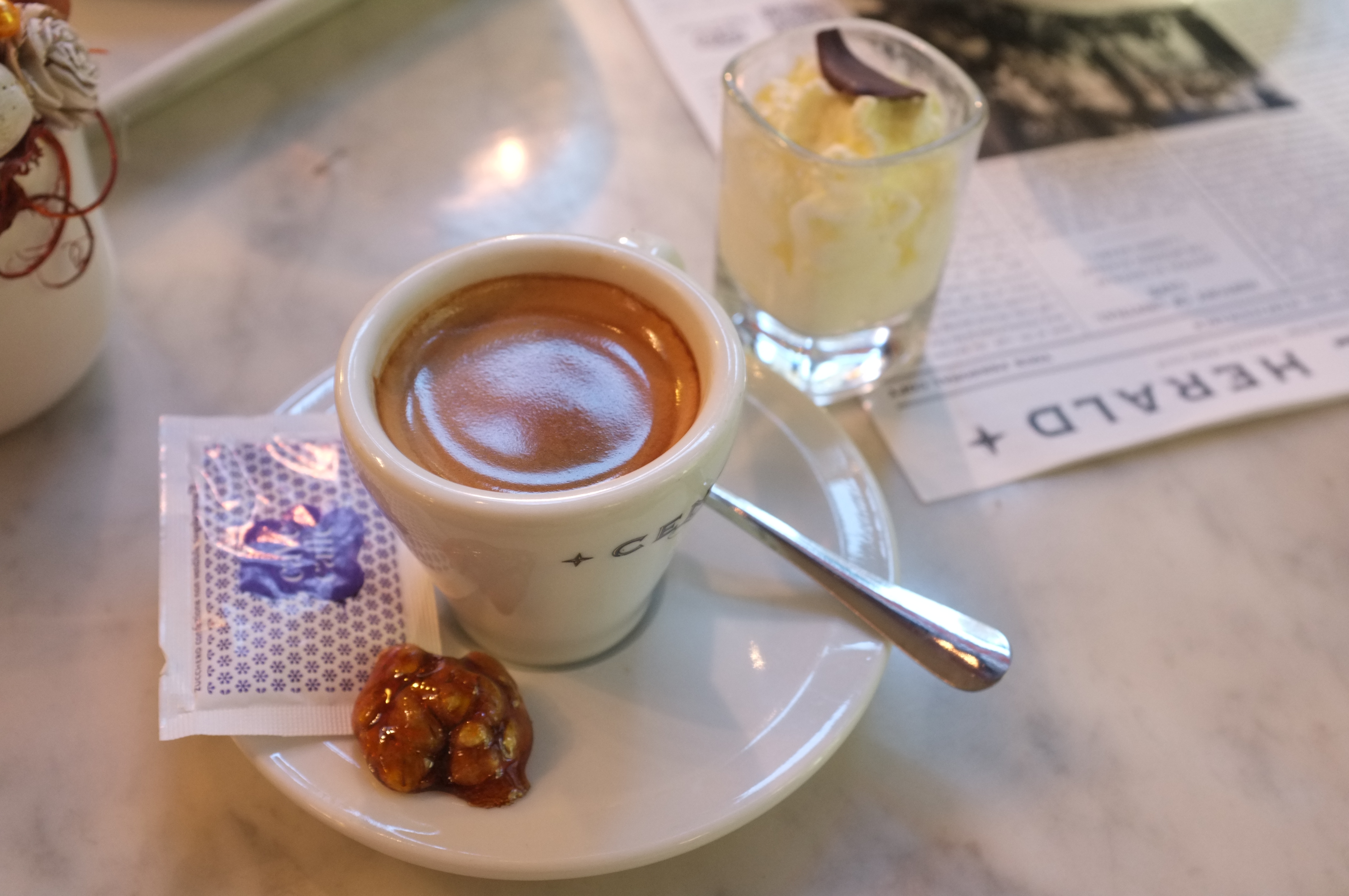

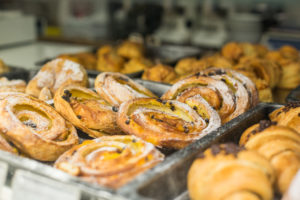


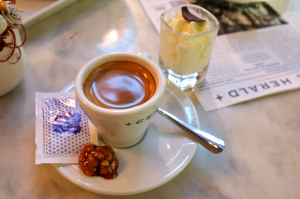


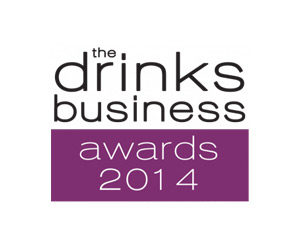

Comments(0)
Leave a comment!